Update:
According to a statement from the WNBA, the base salary is 117.5k but with cash bonuses, top earning players made 150k last year
Earlier:
On the evening of Sunday, October 10, 2019, Washington Mystics players Natasha Cloud and Aerial Powers would compete in the final game against Courtney Williams and her Connecticut Sun team. For all three players, this would be their first time seeing the WNBA finals in their careers, but whether taking in celebration or reflecting on a comeback it would all be short-lived. In just a week’s time Cloud, Powers, and Williams would all be boarding their respective flights to head overseas–a routine that over 60% of the league does, yearly.
“We didn’t get to celebrate like most teams that win a championship. There was no parade and celebrating with our fans in DC because everyone was too busy getting ready to leave (play abroad), unfortunately,” Powers told ESSENCE. Their parade was postponed until the Spring of 2020.
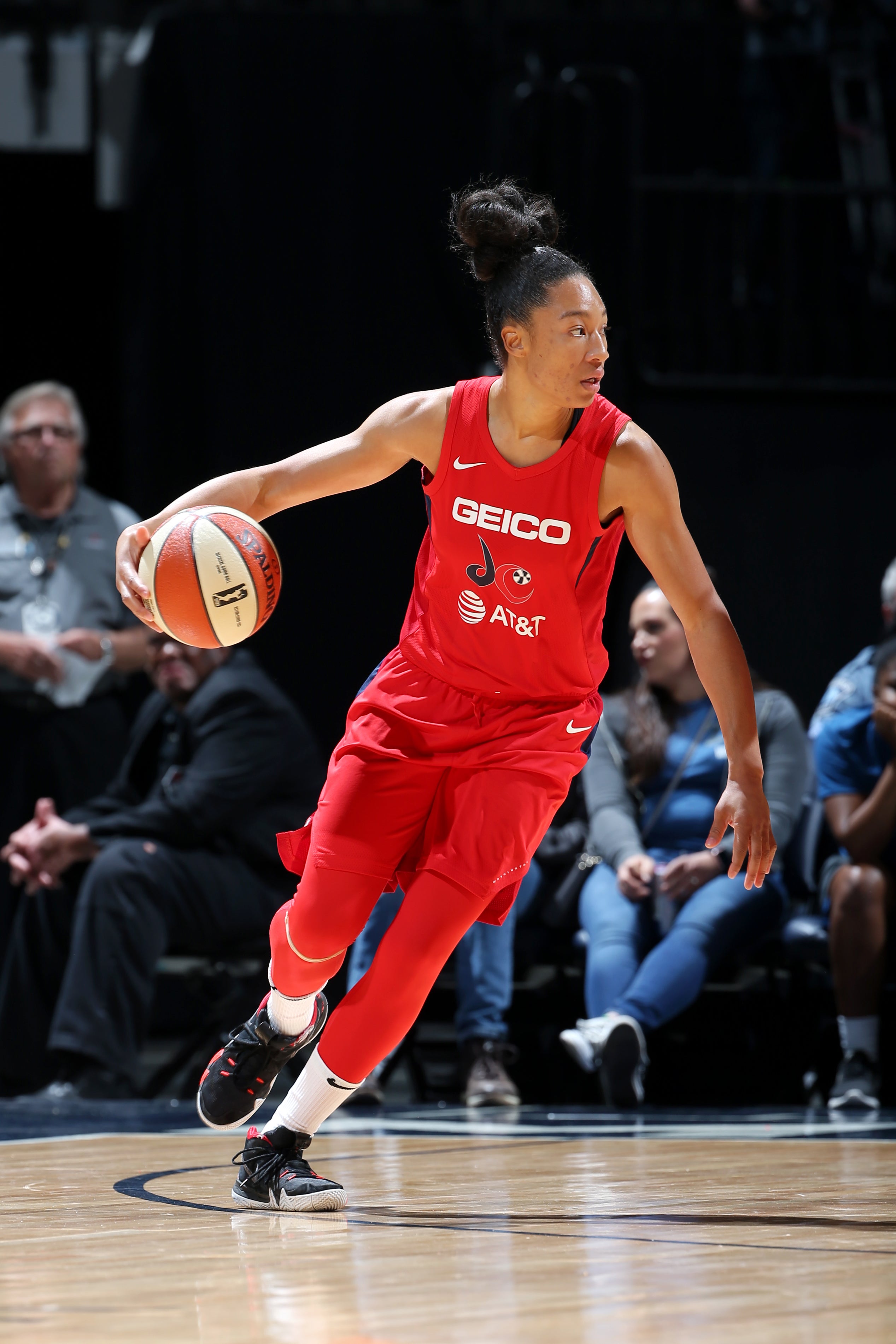
The option to play overseas grants the majority of these players larger salaries that rival the WNBA’s 5-month salary cap of just over $110,000. A major difference from the NBA where the cap is nearly $110 million and the base salary of over $580,000. For Chicago Sky’s Cheyenne Parker, having been drafted 5th overall in the 1st round (2015), signed her rookie contract worth up to $50,000 (before taxes) but was offered $220,000 in China for the off-season. However, including this option in one’s career means that they would be playing year-round–some ending seasons abroad in the midst of the WNBA’s pre-season and no break from season to season.
With such a rigorous schedule, there’s no doubt that they are risking their bodies as a result. Amber Harris, a 2x WNBA champion and 8-year overseas veteran, came into her 2nd year in China healthy. It was only a few weeks in that she injured her Achilles tendon and has had to play through the pain and rehabilitation. The overuse of these players’ bodies begs to draw attention to a patriarchal ideology that women’s bodies are disposable.
While conversations surrounding load management erupt regarding NBA players making an active choice to rest their bodies in hopes for preservation in the playoffs, we have somehow overlooked what system is at play that would have a player like Skylar Diggins-Smith play an entire season while pregnant and not feel comfortable with letting anyone know.
For a very small number of WNBA players who do not play overseas, their income is supplemented through brand sponsorships. Ironically, brands have often made the excuse that due to the lack of the WNBA’s visibility, there’s no room to offer more players sponsorship deals.
Courtney Williams believes, “Brands want people who they think can push their brand to a huge market of people. Unless you have that ‘star player’ type of following you aren’t really getting paid much by a brand.”
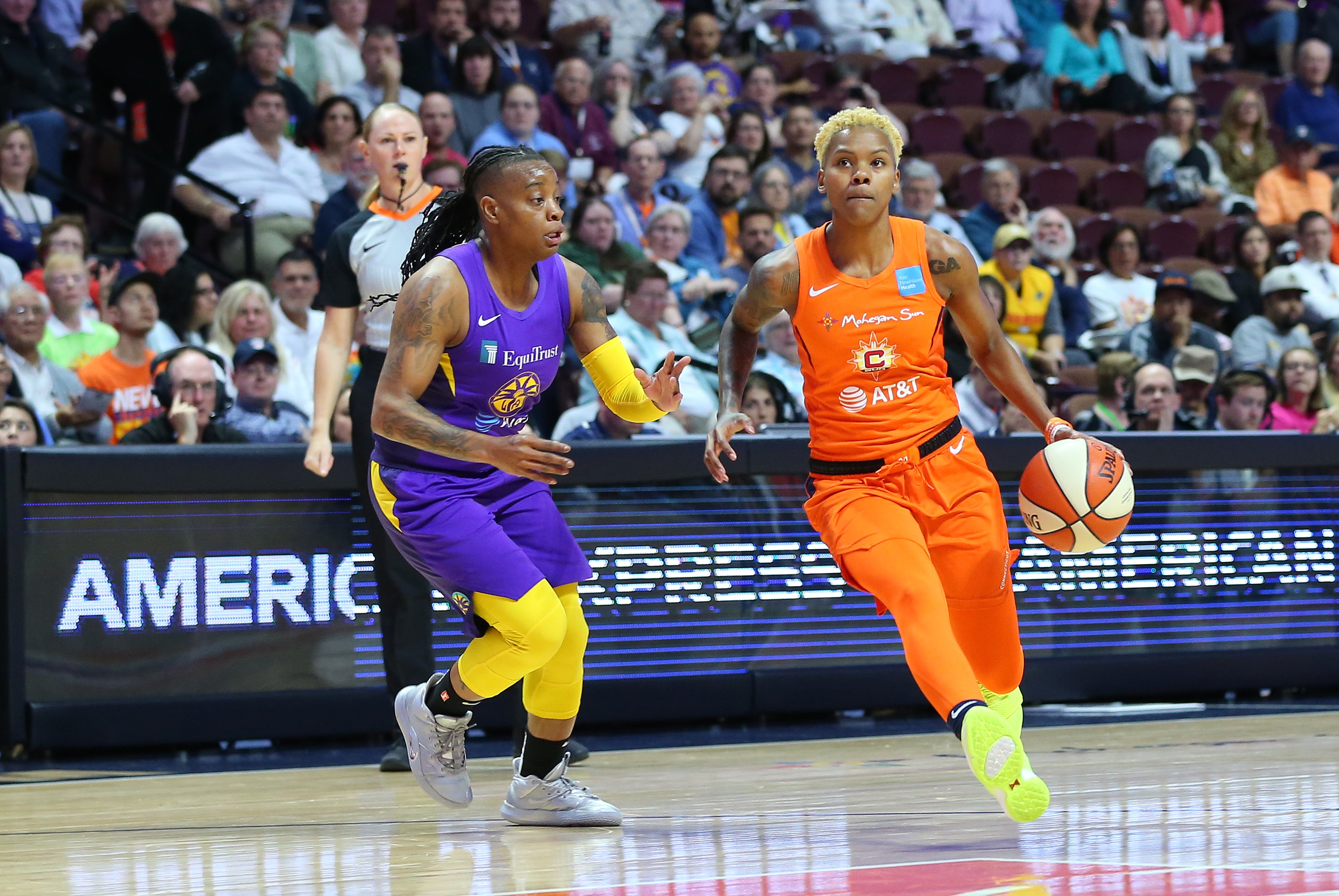
Connecticut Sun guard Courtney Williams(Photo by M. Anthony Nesmith/Icon Sportswire via Getty Images)
For the almost 50,000 people who follow Williams, her star-quality expands beyond the court. Whether it’s her impeccable style, pearly-white grin, or the way her confidently unapologetic personality resonates she has much that is deemed “marketable” or “brandable”. Having played in three countries outside of the United States makes Williams a global brand simply by default.
“We have a league full of badass women…If you invest in our league, there will be an outcome. Part of progressing our league is simply accessibility, availability, and visibility,” Natasha Cloud stated affirmatively.
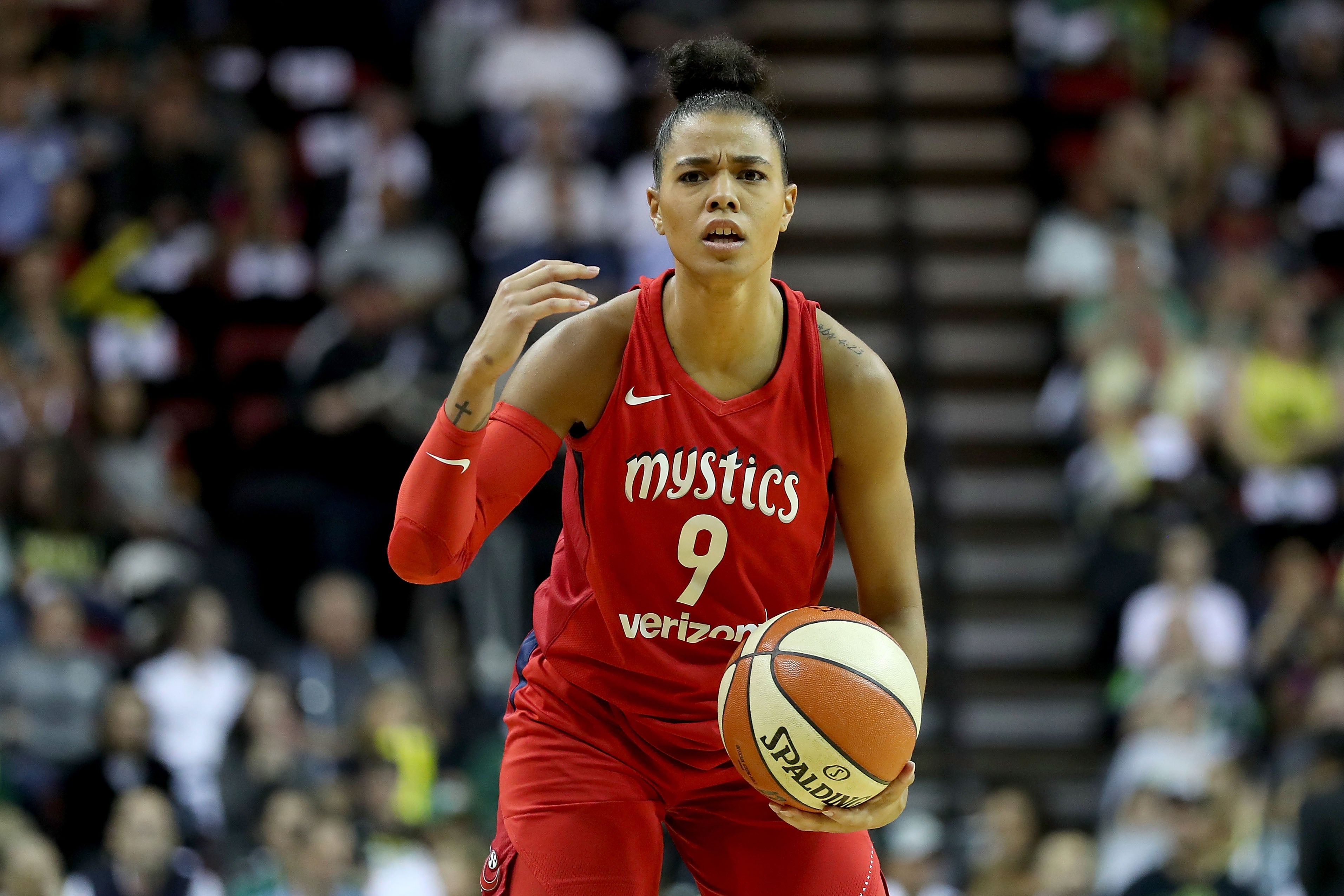
Cloud is another player who has established a likeability that is infectious but is also very outspoken and an advocate for causes that matter. One of those causes is maintaining a close relationship with the Washington, D.C. community and using her platform to speak out against gun violence. But, due to playing overseas isn’t afforded as much time to have a continuous presence.
“Unfortunately, because of the necessity to go overseas to support ourselves and our families, it becomes extremely hard to have relevance in the communities that we care about deeply,” Cloud expressed.
This notion makes it very telling of just how little brands have a willingness to champion marginalized faces and voices. This is an era where rallying around women and LGBTQ+ is not just imperative for the sake of showing diversity and inclusion, so why not start with the WNBA? It trailblazers genuine support that is visually needed and monetarily beneficial to all parties involved.
It becomes a priority for players to find other avenues to maintain, grow, and protect the money that is made without any brand deals.
“The rookie check should be all about stacking and saving. We have to be frugal and spend intelligently. Basketball isn’t forever and we don’t get paid like it. Opening a certificate of deposit account, a mutual fund, and finding a way to invest and flip your money is so important,” Cheyenne Parker suggests.
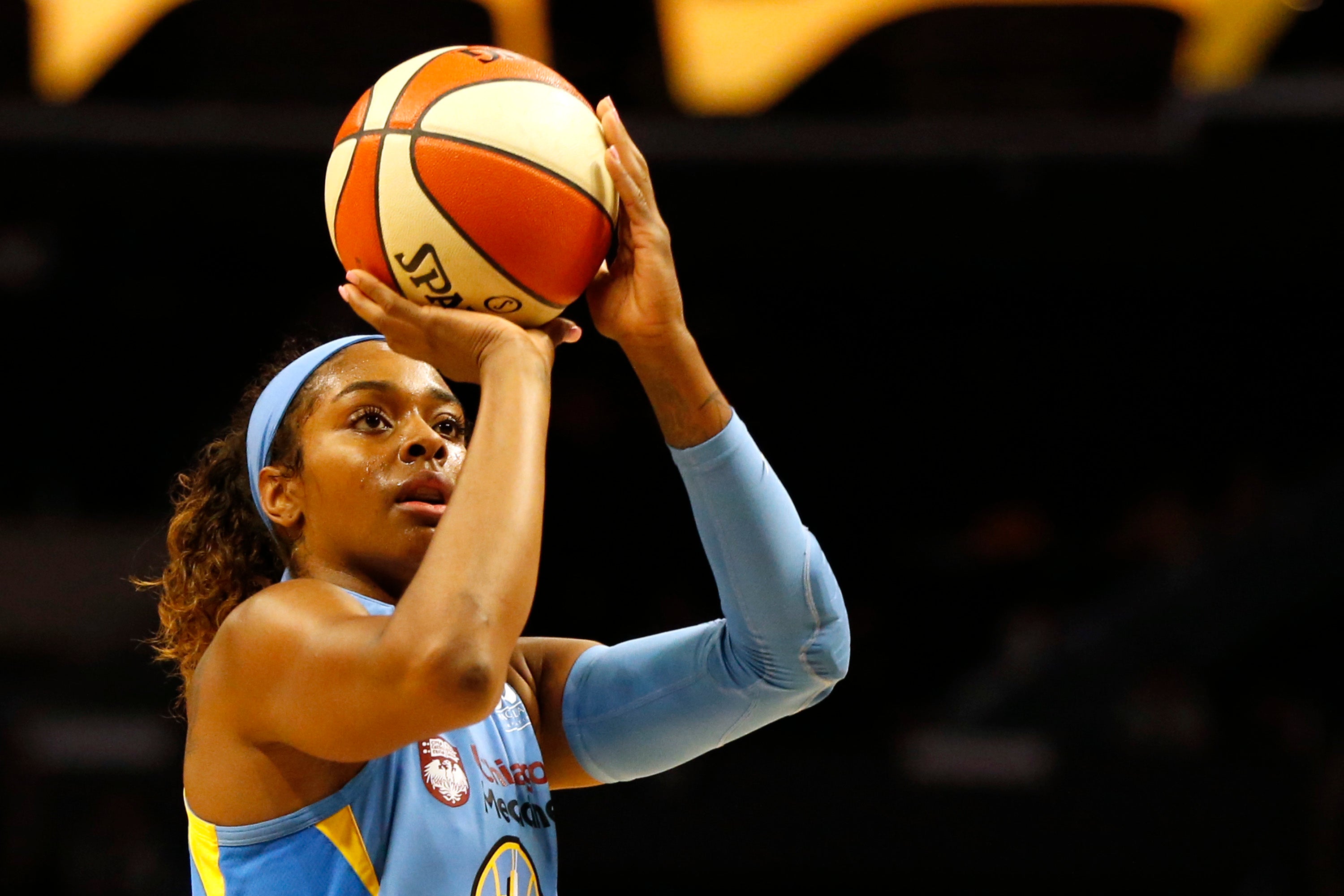
All of the players are clear on what they’ve signed up for with a hope for some room for changes.
Amber Harris declares, “We get paid more as the years go by, but it will never be as much as we need until we get the respect and support we deserve.”
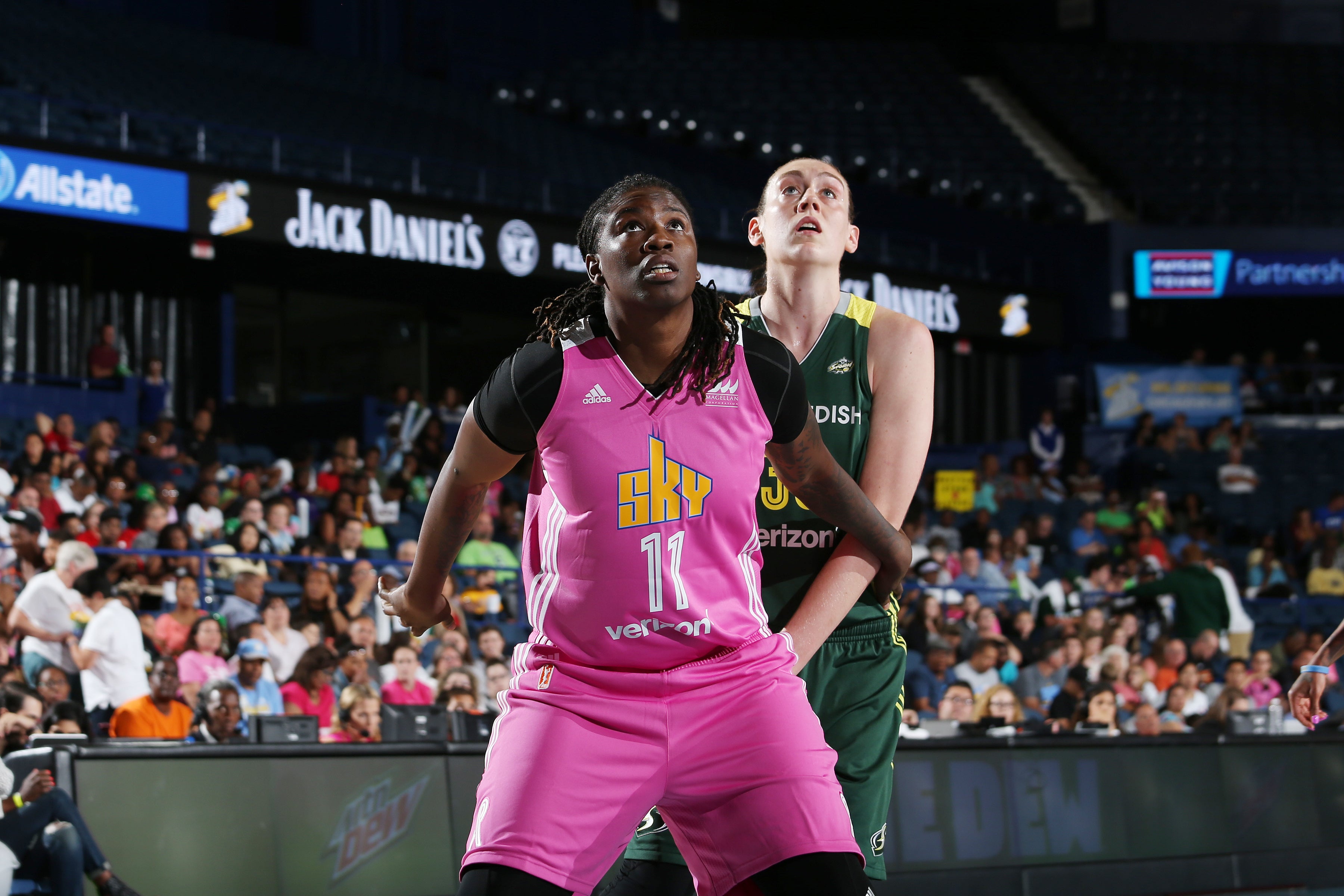
The WNBA pre-season begins in May and extends through October. For updates, schedules, and ticket information, head to www.wnba.com.
